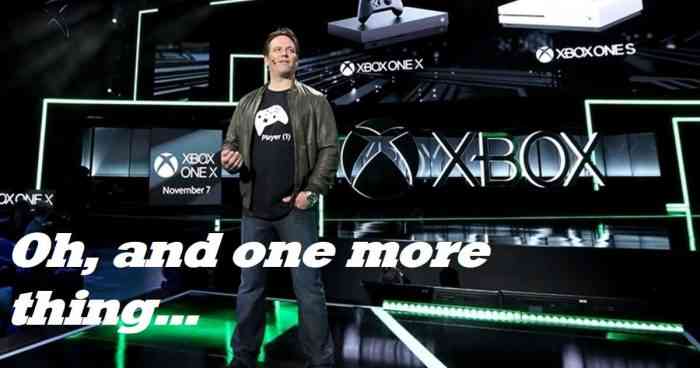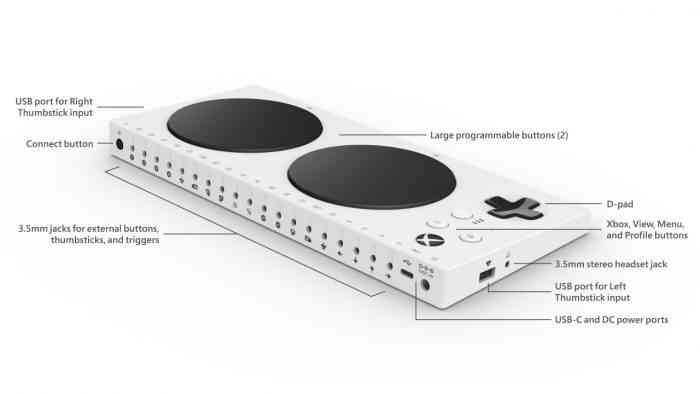Phil Spencer
In 2014, Microsoft brought in Phil Spencer to clean up the mess following the unfortunate launch of the Xbox One the year before. Spencer had been Microsoft Studios’ Vice President since 2009, and not too long after his appointment to head of Xbox (and a slew of other departments), Spencer frankly stated in an interview with Larry Hryb (aka Major Nelson) that some of the decisions that had been made regarding the console “were actually the wrong decisions.” Pretty bold of a man to straight up say his company made “wrong decisions” so openly, and on the brand’s own channel no less, especially when that company is one of the largest leading tech brands on the face of the planet. In this same interview, he expressly stated that the brand needed to make a return to “gaming first,” and in his years as head of Xbox, it’s hard to deny the effort that’s been put forward not only for the attention to the medium itself but the audience that takes part in it.

In addition to revamping the base console, releasing a more technically powerful version of it, and scooping up a handful of studios in response to the console’s lack of exclusives, in the past few months, Xbox has released a controller specifically designed for those with physical disabilities (which is also compatible with personal computers of any OS as it uses Bluetooth), as well as revamping the brand’s avatar system to be more inclusive to the diverse array of people who make up their fan base. The controller, in particular, is a really big deal – that’s an entire demographic of gaming enthusiasts who – not only were, and continue to be, underrepresented in the medium they love – can now play video games with significantly more ease than ever before, using a mass produced product specifically designed with them in mind as opposed to a makeshift contraption of varying reliability. Not to say all of the thanks goes to Spencer – there’s a ton of hardworking engineers, programmers and various other roles who made this product of accessibility a reality – but he used his leadership role to green-light the project despite an unsure response from the ever-looming investors, and has made a point of letting everyone know that it’s not designed with the brand name in mind, saying “I will never turn this into a Sony, Nintendo, Microsoft [competitive] thing. Anybody, literally anybody who wants to learn from the work we’ve done here—or even try to do more than that with the work we’ve done here—I’m completely open to that. it doesn’t have to have an Xbox logo on it. Let’s just allow more people to play.”

The adaptive controller and inclusive avatars are definitely the most profound advances towards bringing gaming enthusiasts together that Phil has fostered so far, but it doesn’t even stop there. His statement about refusing to make the XAC a competitive issue shouldn’t be too shocking to anyone who paid close attention to his twitter, or candor in interviews about his competitors – he’s always seemingly eager to congratulate business opponents and development studios on successful launches, and has been pretty vocal about the importance of cross-play. Under his leadership the Xbox All Access program has also launched, making console gaming a lot more affordable, opening the door for many who may not have been able to “Jump In” otherwise, which is important, because gaming can be a very expensive hobby and, like any art form, shouldn’t be locked behind economic privilege. It’s easy to feel like Phil Spencer is part of the crowd, in spite of his business-buzzword-heavy speeches at conferences.